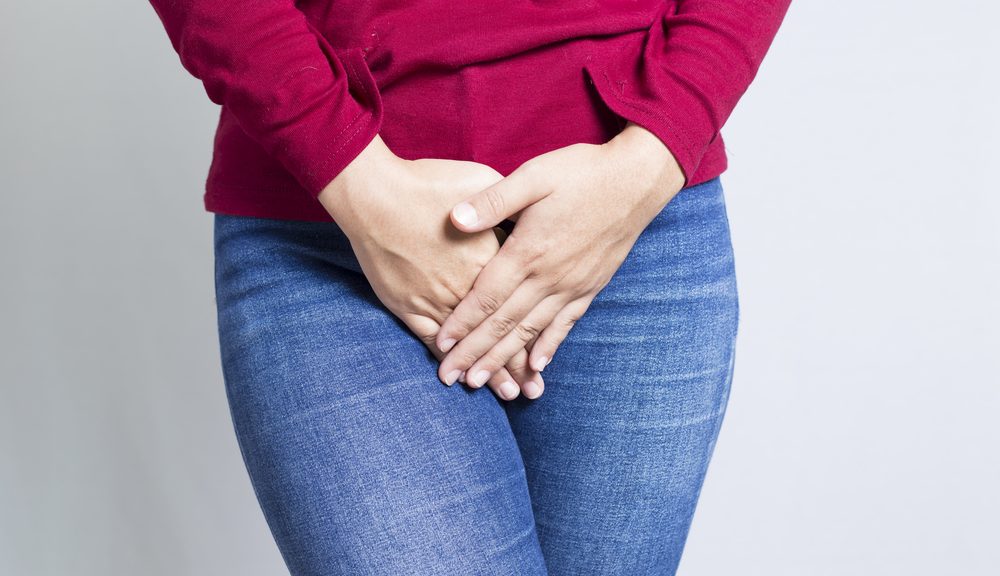
Telling the Difference: BV or Thrush?
Sexual Health Awareness Week 12-18 September, 2022
Vaginal health has been hitting the headlines in recent years, but did you know more women in the UK suffer from bacterial vaginosis (BV) than thrush? They also suffer more often, typically three to four times per year and up to 72 per cent of women will get recurrence of BV within seven months. Yet, very few people have heard of BV and typically treat symptoms as thrush.
Isn’t it time to listen to what your vagina is desperately trying to tell you?
Bacterial vaginosis is caused by a change in vaginal pH. Bacteria called lactobacilli keep the vagina acidic to prevent other harmful bacteria from growing there. With BV, the temporary shortage of lactobacilli allows bad bacteria to thrive, disrupting pH levels and causing unusual vaginal discharge. BV is a naturally occurring and common condition, it isn’t a sexually transmitted infection (STI) but it can be triggered by sexual intercourse.
So how can you tell the difference?
As Sexual Health Awareness Week starts on Monday 22 September, Experienced Consultant Obstetrician and Gynaecologist Dr. Shazia Malik on behalf of Balance Activ™, a leading women’s intimate healthcare brand, explains: “Unfortunately, the symptoms are very similar to thrush but the treatments should, yet often aren’t, very different. BV comes with the classic itchiness of a yeast infection, so it’s easy for customers to mistake it for thrush.
“One of the main differences between BV and thrush is that BV causes a strong and unpleasant fishy odour, that can come on especially after sex whereas discharge from thrush is odourless. Discharge from BV is thin watery and grey whereas from thrush it is white and much thicker. Another tell-tale sign is that thrush can cause pain during sex whereas BV won’t.”
The most common symptoms of BV are:
- Thin, watery, greyish-white discharge that has a fishy odour which gets stronger after sex or abnormally large amount of discharge.
- Occasional discomfort.
- Possible redness and irritation of skin around the vulva.
Here are eight things to look out for that increase a woman’s chance of developing BV and these include:
- Taking antibiotics – Antibiotics can put the vagina at risk of other infections and can kill the good bacteria that are there to defend it.
- Using medicated or perfumed soaps – These aren’t quite gentle enough to leave the natural healthy balance of good and bad bacteria alone.
- Having an intrauterine device (IUD) – IUDs cause heavier and longer bleeding during periods, resulting in a pH imbalance which can in turn lead to BV.
- Having unprotected sex – Semen upsets the vagina’s natural acidity which can cause BV to occur.
- Using antiseptics – These are harsh and can irritate the vagina, leaving it vulnerable to infection.
- Douching – The vagina is a self-cleaning organ so internal washing can upset your intimate areas natural balance, leaving you more vulnerable.
- Menstruation – Blood has a neutral pH, making the vagina less acidic so during and after menstruation is a vulnerable time.
- Pregnancy and breastfeeding – Both pregnancy and breastfeeding can cause hormone fluctuations that alter the pH of the vagina.
So, what is the best way to treat BV?
Dr. Shazia Malik warns that although antibiotics are a therapy option for BV, Public Health England launched a campaign in 2018 to support the government’s efforts to tackle antibiotic resistance. She says: “Evidence also suggests that there is a strong link between antibiotic use later causing thrush, as antibiotics may destroy good bacteria. Women are also increasingly favouring alternative and natural remedies, which are easily available OTC, particularly those with recurring conditions.”
Balance Activ™ is a natural alternative to harsh antibiotics in the successful treatment of BV. Balance Activ™ gel and pessaries are safe and effective at restoring and maintaining the pH of the vagina and should start to work after just one dose.
Use Balance Activ™’s free symptom checker www.balanceactiv.com/symptom-checker/ to understand more about your symptoms.